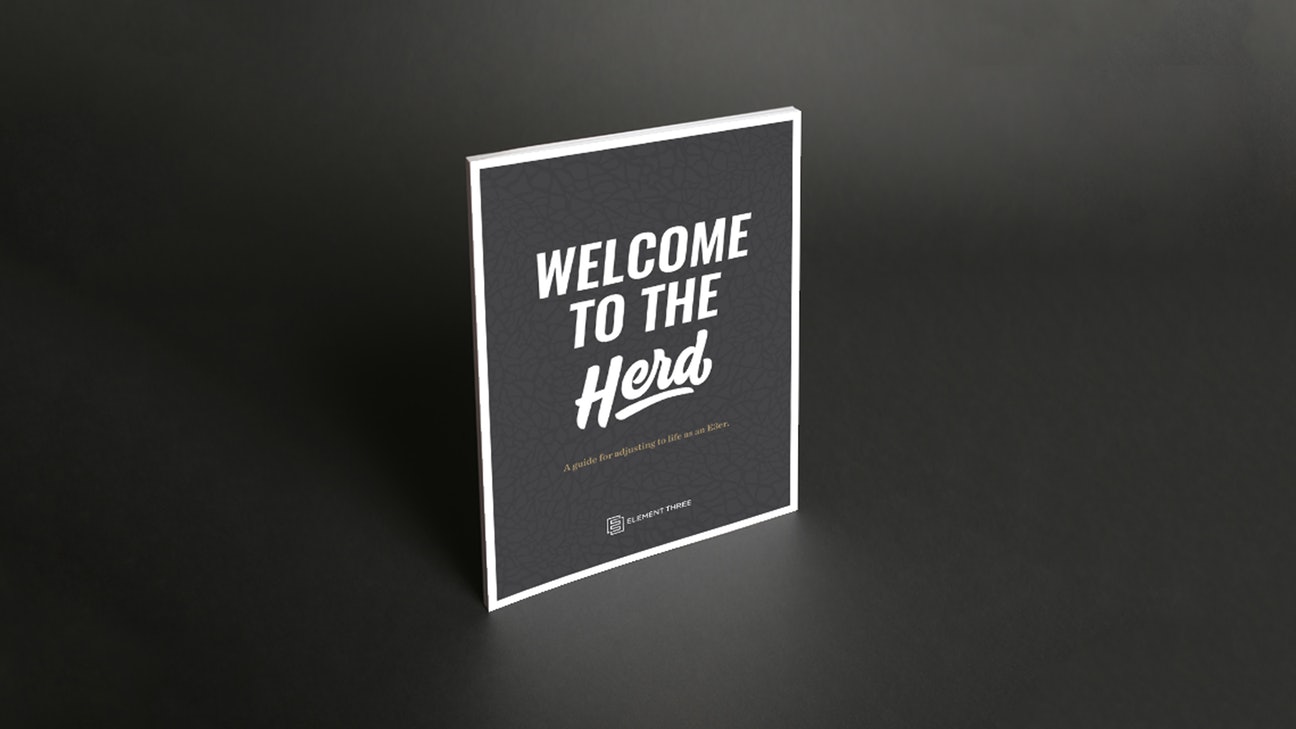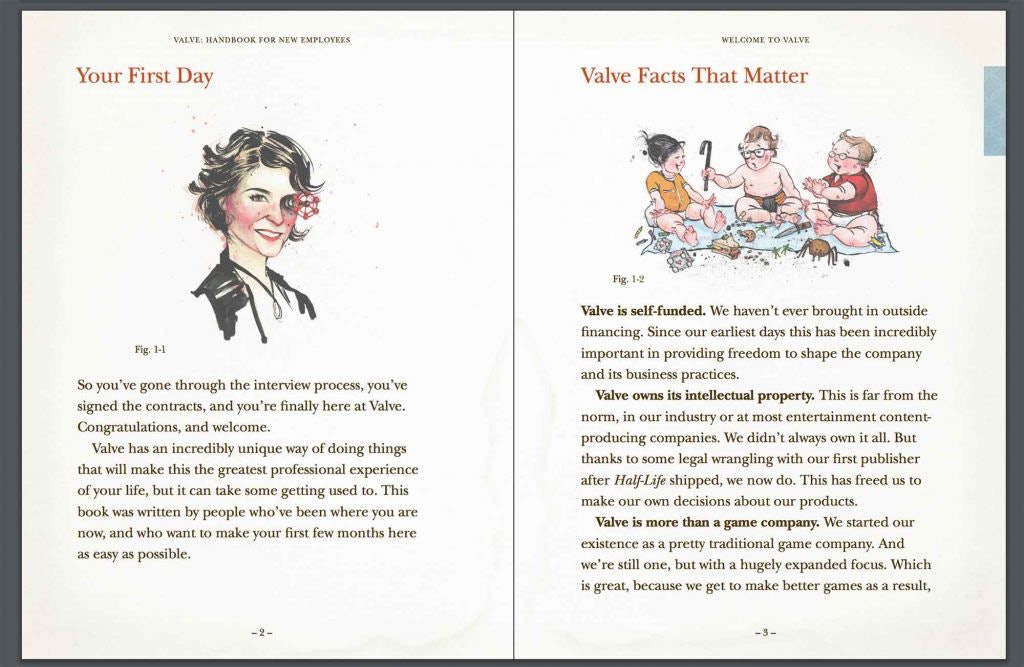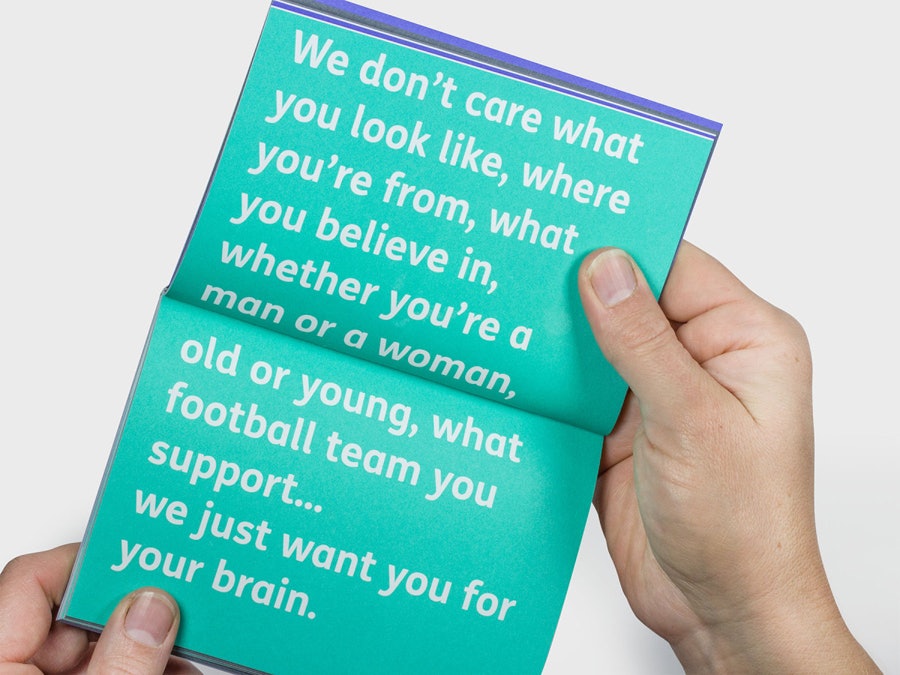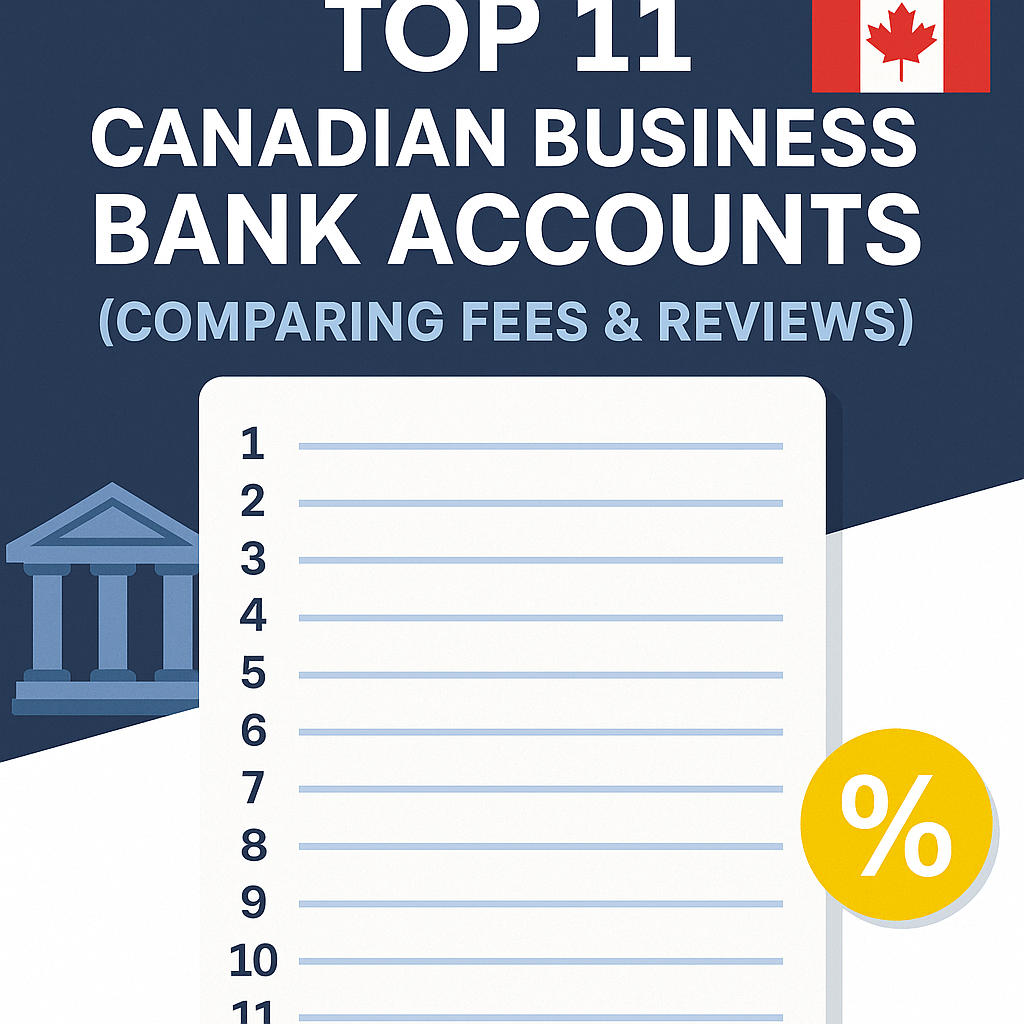GOOGLE ADS MANAGEMENT
ALL SERVICES- GRAPHIC DESIGN & BRANDING
➥ WEBSITE DESIGN TORONTO
➥ TORONTO LOGO DESIGN
➥ BROCHURE GRAPHIC DESIGN
➥ INFOGRAPHIC DESIGN
➥ BUSINESS CARD DESIGN
➥ PACKAGE DESIGN TORONTO
➥ ILLUSTRATION DESIGN
➥ ADVERTISING POSTER DESIGN
➥ BRANDING STRATEGY & SERVICES- ➤ VIEW ALL SERVICES
WEB DEVELOPMENT & SUPPORT
➥ CUSTOM WEB DESIGN TORONTO
➥ ECOMMERCE WEBSITE DESIGN TORONTO
➥ WEBSITE MAINTENANCE SERVICES
➥ SHOPIFY WEBSITE DESIGN
➥ SHOPIFY EXPERTS TORONTO
➥ WORDPRESS DEVELOPMENT
➥ WORDPRESS MAINTENANCE- ➤ VIEW ALL SERVICES
WEBSITE MARKETING & CONTENT
➥ SEO PACKAGES TORONTO
➥ TORONTO SOCIAL MEDIA AGENCY
➥ CONTENT MARKETING TORONTO
➥ PPC MANAGEMENT TORONTO
➥ AFFILIATE MARKETING CANADA
➥ STRATEGIC CONSULTATION- ➤ VIEW ALL SERVICES
ABOUT
RESOURCES- LET’S CHAT
Questions? Call us at
647-348-4995

GOOGLE ADS MANAGEMENT
ALL SERVICES- GRAPHIC DESIGN & BRANDING
➥ WEBSITE DESIGN TORONTO
➥ TORONTO LOGO DESIGN
➥ BROCHURE GRAPHIC DESIGN
➥ INFOGRAPHIC DESIGN
➥ BUSINESS CARD DESIGN
➥ PACKAGE DESIGN TORONTO
➥ ILLUSTRATION DESIGN
➥ ADVERTISING POSTER DESIGN
➥ BRANDING STRATEGY & SERVICES- ➤ VIEW ALL SERVICES
WEB DEVELOPMENT & SUPPORT
➥ CUSTOM WEB DESIGN TORONTO
➥ ECOMMERCE WEBSITE DESIGN TORONTO
➥ WEBSITE MAINTENANCE SERVICES
➥ SHOPIFY WEBSITE DESIGN
➥ SHOPIFY EXPERTS TORONTO
➥ WORDPRESS DEVELOPMENT
➥ WORDPRESS MAINTENANCE- ➤ VIEW ALL SERVICES
WEBSITE MARKETING & CONTENT
➥ SEO PACKAGES TORONTO
➥ TORONTO SOCIAL MEDIA AGENCY
➥ CONTENT MARKETING TORONTO
➥ PPC MANAGEMENT TORONTO
➥ AFFILIATE MARKETING CANADA
➥ STRATEGIC CONSULTATION- ➤ VIEW ALL SERVICES
ABOUT
RESOURCES- LET’S CHAT
Questions? Call us at
647-348-4995

GOOGLE ADS MANAGEMENT
ALL SERVICES- GRAPHIC DESIGN & BRANDING
➥ WEBSITE DESIGN TORONTO
➥ TORONTO LOGO DESIGN
➥ BROCHURE GRAPHIC DESIGN
➥ INFOGRAPHIC DESIGN
➥ BUSINESS CARD DESIGN
➥ PACKAGE DESIGN TORONTO
➥ ILLUSTRATION DESIGN
➥ ADVERTISING POSTER DESIGN
➥ BRANDING STRATEGY & SERVICES- ➤ VIEW ALL SERVICES
WEB DEVELOPMENT & SUPPORT
➥ CUSTOM WEB DESIGN TORONTO
➥ ECOMMERCE WEBSITE DESIGN TORONTO
➥ WEBSITE MAINTENANCE SERVICES
➥ SHOPIFY WEBSITE DESIGN
➥ SHOPIFY EXPERTS TORONTO
➥ WORDPRESS DEVELOPMENT
➥ WORDPRESS MAINTENANCE- ➤ VIEW ALL SERVICES
WEBSITE MARKETING & CONTENT
➥ SEO PACKAGES TORONTO
➥ TORONTO SOCIAL MEDIA AGENCY
➥ CONTENT MARKETING TORONTO
➥ PPC MANAGEMENT TORONTO
➥ AFFILIATE MARKETING CANADA
➥ STRATEGIC CONSULTATION- ➤ VIEW ALL SERVICES
ABOUT
RESOURCES- LET’S CHAT
Questions? Call us at
647-348-4995

GOOGLE ADS MANAGEMENT
ALL SERVICES- GRAPHIC DESIGN & BRANDING
➥ WEBSITE DESIGN TORONTO
➥ TORONTO LOGO DESIGN
➥ BROCHURE GRAPHIC DESIGN
➥ INFOGRAPHIC DESIGN
➥ BUSINESS CARD DESIGN
➥ PACKAGE DESIGN TORONTO
➥ ILLUSTRATION DESIGN
➥ ADVERTISING POSTER DESIGN
➥ BRANDING STRATEGY & SERVICES- ➤ VIEW ALL SERVICES
WEB DEVELOPMENT & SUPPORT
➥ CUSTOM WEB DESIGN TORONTO
➥ ECOMMERCE WEBSITE DESIGN TORONTO
➥ WEBSITE MAINTENANCE SERVICES
➥ SHOPIFY WEBSITE DESIGN
➥ SHOPIFY EXPERTS TORONTO
➥ WORDPRESS DEVELOPMENT
➥ WORDPRESS MAINTENANCE- ➤ VIEW ALL SERVICES
WEBSITE MARKETING & CONTENT
➥ SEO PACKAGES TORONTO
➥ TORONTO SOCIAL MEDIA AGENCY
➥ CONTENT MARKETING TORONTO
➥ PPC MANAGEMENT TORONTO
➥ AFFILIATE MARKETING CANADA
➥ STRATEGIC CONSULTATION- ➤ VIEW ALL SERVICES
ABOUT
RESOURCES- LET’S CHAT
Questions? Call us at
647-348-4995
![]()
![]()
![]()

- December 9, 2019
-
 Jack Choros
Jack Choros
There are many things to consider when designing an employee handbook. The first rule of thumb should be something that every employer seems to overlook: don’t design a boring employee handbook. Every new employee that starts working for your company just assumes that whatever they’re going to read on the first or second day of working for you is going to be super mandatory and super boring.
That probably doesn’t set the tone for how you want people to feel when they come to work every day. Coming up with a cool design for your employee handbook involves many considerations. It’s not as if you can skimp on the content either, because a lot of the content that goes into an employee handbook is probably required to be there by law depending on where you’re doing business. It’s also very hard to make that kind of content exciting and engaging.
That’s why the design elements you use in your employee handbook are so important. It’s an opportunity to be creative and engaging in ways that the content will necessarily allow you to do. So let’s go over everything you need to design the best employee handbook possible so that you can set the tone for your company’s culture and show your employees from the moment they start working at your company that you want them to be excited about coming to work every day and that you want them to come to work inspired every day to carry out your company’s mission.
What Goes into Designing an Employee Handbook?
Content is king when it comes to designing an employee handbook. There’s just no way around it. It’s a must. But it’s not just about that of course. The layout and design still matters. Any employer serious about their branding and internal communications definitely needs the employee handbook to be a reflection of everything the company values and all of the styles, fonts and formatting that is consistent with the way the company communicates both publicly and internally. There are many design related tasks that can be handled internally, but for a small business putting together an employee handbook might be better left to a professional graphic design service.
Let’s go over how to make the best employee handbook possible.
Employee Handbook Mission Statement
Your employee handbook absolutely must be reflective of the mission statement you hope to carry out every day at work. Your employees have to believe in it too. A mission statement defines why a company exists. It answers the why, who and what a company is and aims to be. Below are some good examples of mission statements from companies we all recognize:
- IKEA: to create a better everyday life for the many people.
- Tesla: to accelerate the world’s transition to sustainable energy.
- TedTalks: spread ideas.
- JetBlue: to inspire people -both in the air and on the ground.
- Nordstrom: to give shoppers the most compelling shopping experience possible.
Employee Handbook Policies and Employment Information
Here’s the content that you just can’t get away from. Workplace policies and employment information. Some of the common elements typically featured in this section of an employee handbook include:
- Hiring policies
- Payment information
- Full-time vs Part-time
- Meal and rest breaks
- Diversity policies
- Leaves of absence
- Accessibility policies
- Performance review procedures
- Safety and security procedures
- Workplace harassment policies
- Resignation and termination procedures
The above list of policies isn’t a complete list. Many of the workplace policies included in a company’s handbook depend on the industry being served and the rules associated with that industry. For example, the finance industry is heavily regulated in Canada. Employees in that space will need to know about anti-money laundering and Know Your Client policies. Outside of finance, many of the policies surrounding both may or may not apply to your business and to varying degrees.
Again, as a business owner, there isn’t much you can do to spice up the above sections of content. They are often mandatory by law or just generally accepted as good business and human resource policy. That said, that doesn’t mean there isn’t room to be creative, inspiring, and enlightening in other aspects of the employee handbook as a way to stimulate engagement and make the experience more enjoyable than most companies do.
Employee Handbook Design Tips
Alright, it’s time to get into the nitty-gritty of some design tips. Let’s get into the content that a business owner can actually be creative with. Following the steps below will definitely spice things up and make the employee handbook something worth reading. That’s not something a lot of companies can brag about.
Don’t Call It an Employee Handbook
You heard right! Don’t call your employee handbook and employee handbook. That’s boring and unoriginal. Call it something else.
“Employee Handbook” or “Workplace Policies and Procedures” or “Workplace Manual”. Those are the most common names you will see for an employee handbook and those are the most common ways to bore a new hire out of their minds before they even start working for you. Think of a better name. There are many to choose from. “Our How-To Book”, “Our Guide to Teamwork”, “The Way Things Work Around Here”. Come up with something conversational that still tells employees what the material is. Don’t totally dismiss the seriousness of it. After all, there are many legally sound and necessary policies and procedures that will go in any handbook. At the same time, try to lighten it up a little bit.
Personalize Company Values
Any kind of content being published is always more powerful when you connect directly with the reader. Think about how you felt on the first day you launch your company or the first time you had a job and sat at your desk for the very first time. Who did you want to meet? What did you hope to learn? How did you feel about taking on this new adventure in your life? Asking yourself those questions and answering them will help you put together a better employee handbook. Couple that with the perspective you’ve gained from running your business for as long as you have and you can also mix in the cultural values at work that set your company apart from competitors and other workplaces in general.
Don’t be afraid to explain why you’ve developed the policies that you have and the reasons they exist. For example, let’s say that you hope to develop a clear-cut dress code and you want to explain it to your new hires. You can certainly list all of the articles of clothing that are acceptable and not acceptable, but it would also be good to explain the image that your company wants to portray around fellow employees and potential clients.
Promote the Perks of Working at your Company
Anybody that’s truly committed to their career knows that you should never take a job just for the perks. That doesn’t mean that you shouldn’t promote the perks your company offers in your employee handbook. In fact, reading about the perks is probably one of the things a new employee wants to do as soon as they open the handbook. No matter what people are reading the truth is they always want to answer the same question, “What’s in it for me?” The bigger your company is and the more progressive the mission statement and values of the company are, the more employees will hope to benefit from interesting perks.
Perks can be anything from employee discounts at retailers associated with your business, extra days off in case of emergencies, free lunches or dinners, bonuses, trips and other unique experiences that show your staff how important they are to your company. People always want to know that what they’re doing is fulfilling on some level, even if they’re not working in their dream job. Keep this in mind when you design perks to offer to employees and make sure you convey them in a way that lets them know you care about what they do beyond just paying them a salary and giving them health care benefits.
Make Presenting Your Employee Handbook a Rare Event
Here’s an idea. Instead of sending all of your employees your company’s employee handbook in a PDF file attached to an email or in the form of a PowerPoint presentation that everybody just wants to scroll through so they can get through all the slides, make presenting your employee handbook an annual event. You know you’re going to make more than one employee handbook for your company right? You’re going to have to do it on an annual basis. Make it an event to remember.
If your company does an annual retreat or a holiday party, put it in wrapping paper and present it as a gift. Put a thank you note inside the handbook or a gift card for some Starbucks Coffee. Introduced the handbook with an inspiring story or a powerful letter. Make your employee handbook something worth remembering. You can include all the dry legal and human resource information that you need in the book but there’s no rule that says you can’t make the rest of it a great story or find a way to make it impactful.
Cool Designs for an Employee Handbook
A great employee handbook design acknowledges that a great handbook is meant to tell a brand story to an employee. It’s meant to make sure the employees know they are part of one team serving one clear mission. People need to know that they were hired by your company because of their brain and intelligence and what they can offer to everything you do. The examples you’re about to see show that off better than most employee handbooks you’ve probably seen throughout your career.
Good Employee Handbook Covers
Look at this cover. It displays a simple welcome message that represents the company’s brand, all in four words. The design is really simple, the font is unique and the message is very clear.
Turning the Content into a Story
Look at the way the graphic design in this employee handbook tells a story. It shows off the company’s corporate values but you literally feel like you’re just reading a children’s story. A wholesome story that you can remember. This is a great way to make the employee handbook a memorable thing. A keepsake to enjoy. Just like you did with books when you were a kid.
Let Employees Know How Much You Value Them
Motivating employees in the right way can be the difference between struggling to maintain a small business and building a small business into a multinational conglomerate. Don’t just do it for the sake of building your business, but make sure you use your employee handbook to let the people that work for you know how much you value them beyond paying them a salary or giving the vacation time.
Now you have all the tips and tools you need to create a killer employee handbook. First impressions count for a lot and for many of your new hires, the employee handbook will be a big part of making that impression. Go full throttle and make your employee handbook the best in your industry. It’ll set a tone for the corporate culture you’re trying to create that competitors can’t match and at the end of the day, that’s what keeps employees satisfy and lowers your turnover rates while increasing the productivity of your business.
Photo by Katie Smetherman on Unsplash

Jack has been in the internet marketing space for 10 years. He enjoys writing and watching the Toronto Raptors.
RECENT POSTS
- PolicyMe – Legit Canadian Insurance Policy? Let’s Review…
- 10 Small Business Loans & Financing Options in Ontario
- Top 8 Small Business Insurance Providers in Canada (2025)
- Top 11 Canadian Business Bank Accounts (Comparing Fees & Reviews)
- SCAM ALERT: How a Fake Google Ads Inquiry Nearly Got Us (And How to Protect Yourself)

Ready to chat about how Little Dragon Media can enhance your business?
Call us now at 647-348-4995 or

OUR AWARDS & CERTIFICATIONS

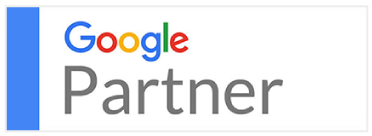


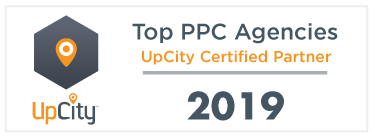

WHAT OUR CLIENTS ARE SAYING



Little Dragon Media's professionalism and commitment to delivering excellence are truly commendable. I highly recommend their services... Thank you for your stellar work!
- Delna Bharucha

Little Dragon Media worked on developing our logo and website. They did an absolutely AMAZING job on both projects. These guys ROCK and you won't be disappointed.
- Sonia Nutt

My team had a great experience working with Little Dragon Media. We will certainly engage with Little Dragon Media for any additional projects in the future. Highly recommend!
- Carly Rooney



- 682A St-Clair West Toronto, ON M6C 1B1
- (647)-348-4995
- info@littledragon.ca
MOST POPULAR SERVICES
RECENT POSTS
GET MORE CLIENTS
Don't let your competitors take over. We'll help you climb to the top and get more clients.



- 682A St-Clair West Toronto, ON M6C1B1
- (647)-348-4995
- info@littledragon.ca
MOST POPULAR SERVICES
RECENT POSTS
GET MORE CLIENTS
Don't let your competitors take over. We'll help you climb to the top and get more clients.

Contact | Press Mentions | Privacy Policy | Terms of Service
© 2024 Little Dragon Media. All Rights Reserved.

